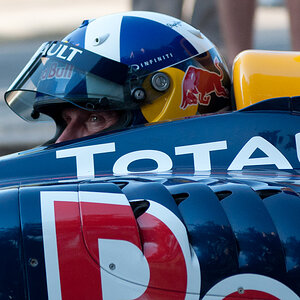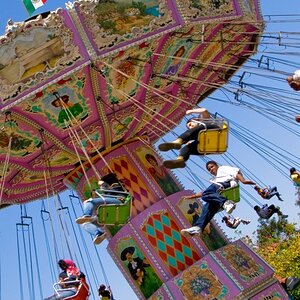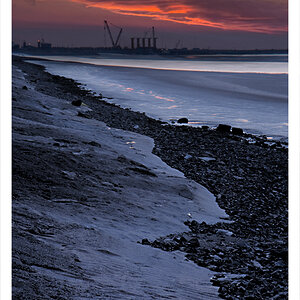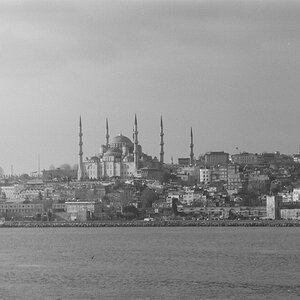cestlefun17
TPF Noob!
- Joined
- Jul 23, 2009
- Messages
- 66
- Reaction score
- 11
- Location
- Rhode Island
- Can others edit my Photos
- Photos OK to edit
I have a couple of Mamiya 645 lenses that I would like to use on my Panasonic GH4 (Micro-4/3) camera to shoot video.
Is this a good idea or will I run into issues?
Mamiya 645 lens + Mamiya 645 to Canon EF adapter + Metabones Speedbooster Canon EF to Micro-4/3
Is this a good idea or will I run into issues?
Mamiya 645 lens + Mamiya 645 to Canon EF adapter + Metabones Speedbooster Canon EF to Micro-4/3






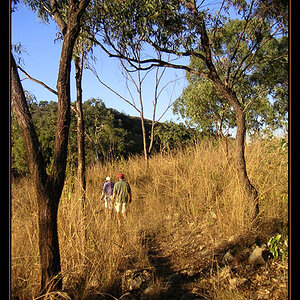
![[No title]](/data/xfmg/thumbnail/38/38262-10a9668da9a2b36a92cddde57caf87bc.jpg?1619738547)
